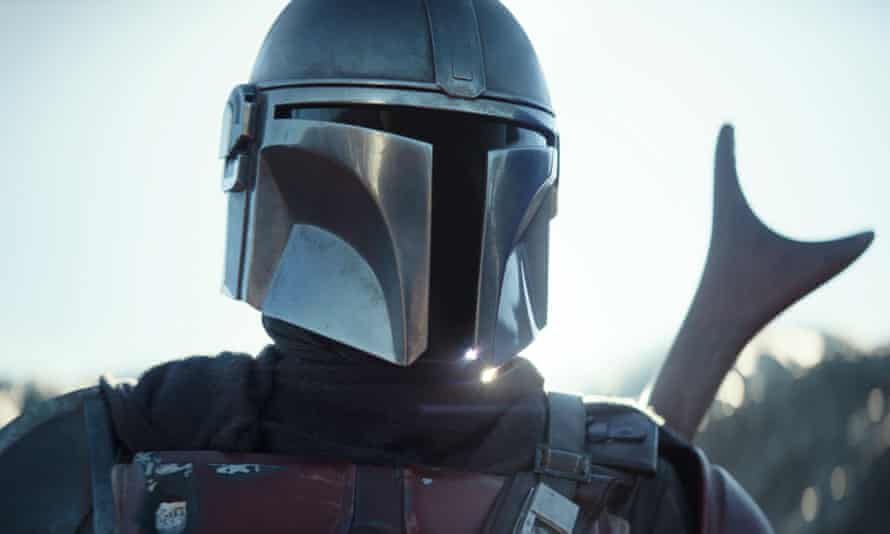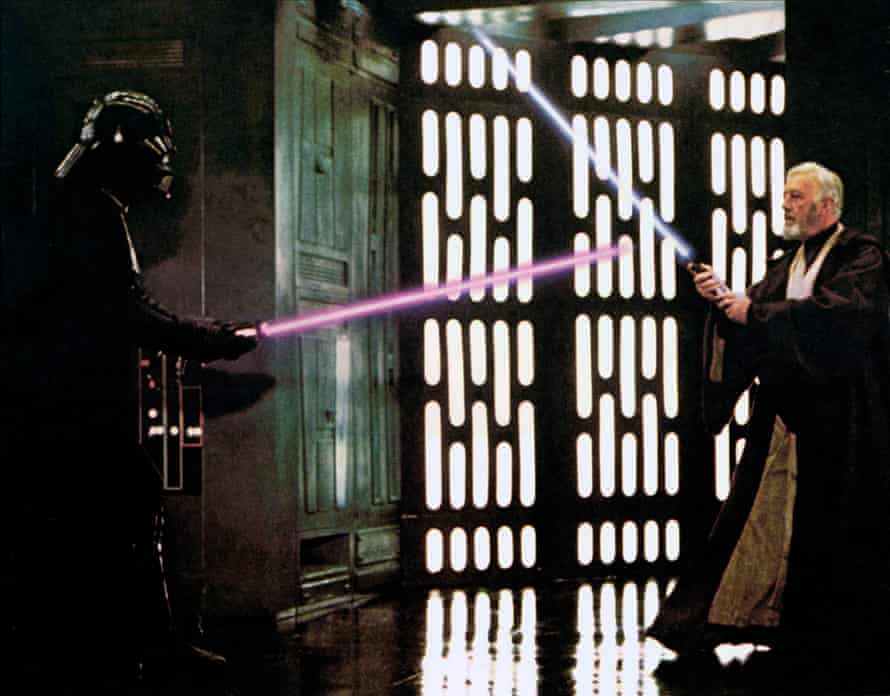Shared from Culture | The Guardian
Fans of the original Star Wars trilogy, your time is up. Remember when you knew that the one true set of works based in a galaxy far, far away were the ones about Luke Skywalker? That the dreadful Attack of the Clones couldn’t be held up to The Empire Strikes Back? And that just thinking about Jar Jar Binks and Jake Lloyd’s acting was enough to make a million voices cry out in terror? Bad news: if you think like that, then when it comes to TV, Star Wars is no longer for you.
Disney+ has confirmed that 25 May will be the launch date of its new Star Wars spin-off series: Obi-Wan Kenobi. After the announcement, Ewan McGregor – who reprises his role from the prequel trilogy of the late 90s and early 00s – explained who this show is being made for.
“People in their late teens or early 20s, those people who were kids who we made those films for, they loved them,” he told Forbes. “To them, they’re their Star Wars films, you know? For us, it was the original films of the 70s, but for them, it was our films were their Star Wars. So to step back into his shoes again now and do a series, a whole series about Obi-Wan Kenobi for those fans, it just makes me really happy.”
That this is the show’s target audience probably shouldn’t come as a surprise, given that the Disney+ series directly follows on from Episode III – Revenge of the Sith, and takes place at a point where McGregor is yet to become Sir Alec Guinness. But the actor’s words confirm something that has seemed increasingly obvious to watchers of The Mandalorian and The Book of Boba Fett: Star Wars really isn’t aimed at diehard fans of the original trilogy any more.
It’s not just that Disney+’s Star Wars series are created with a younger generation in mind, they’re also clearly created for those who have followed post-prequel content like the animated shows, novels and comics. They’re full of nerd-pleasing references to what I’m going to call “New Star Wars”, which expands on events hinted at in the original trilogy and introduces a raft of new characters. Unless you’d followed the animated series Star Wars: The Clone Wars or Star Wars Rebels, to watch The Book of Boba Fett was to find yourself repeatedly asking things like: “When did that pointy black lightsaber become a thing? What does this Ahsoka person have to do with anything? And who the hell is Cad Bane, and why does he look like an alien Clint Eastwood?”
Given its target audience and the period in which it’s set, the Obi-Wan series is likely to feature its fair share of references like this. Is absolutely everyone aware that Darth Maul was glued back together after being lopped in half and definitely killed in The Phantom Menace? If you were confused by his cameo in 2018’s Solo, prepare for further befuddlement.
What’s ironic about Star Wars targeting younger audiences, though, is that about 87% of the franchise’s appeal comes from pure nostalgia. No matter how much additional material is introduced, fans new and old will always be drawn in by images of Darth Vader, the Millennium Falcon and Luke Skywalker doing a flip while wearing Yoda as a backpack.
But it’s a more recent form of nostalgia Disney+ is increasingly targeting: nostalgia for the prequels and the immediate content that followed. Many will be delighted to see that Hayden Christensen is back as Anakin Skywalker/Darth Vader for Obi-Wan Kenobi – even if his face is covered by a black helmet most of the time. They’ll also be eager to spend more time with McGregor’s Obi-Wan, who, in fairness, alongside Ian McDiarmid’s Chancellor Palpatine/Darth Sidious, was one of the best things about the prequels.
Is it a good idea to keep revisiting old characters and filling in the blanks, though? The real concern here is that this show will commit the same crime as The Book of Boba Fett: ruin an iconic character’s mystique and legacy by exploring a story that really didn’t need to be told. Do we really need to see what Obi-Wan got up to on Tatooine while watching over a baby Luke Skywalker? Presumably there was a lot of hanging around while trying not to look creepy. There will surely also be a bit that explains why Obi-Wan has no recollection of R2-D2 when he meets him in the original trilogy, despite spending a significant chunk of his life with the bin-shaped droid. A fan of New Star Wars would argue that this kind of continuity correction is reason enough for the show to exist. Others would happily go without.

Like The Mandalorian, there will undoubtedly be plenty to enjoy about Obi-Wan Kenobi. If the thought of it being aimed at prequel-loving fans who need to explore every corner of the galaxy fills you with abject horror, though, you should probably temper your expectations now.
Images and Article from Culture | The Guardian

